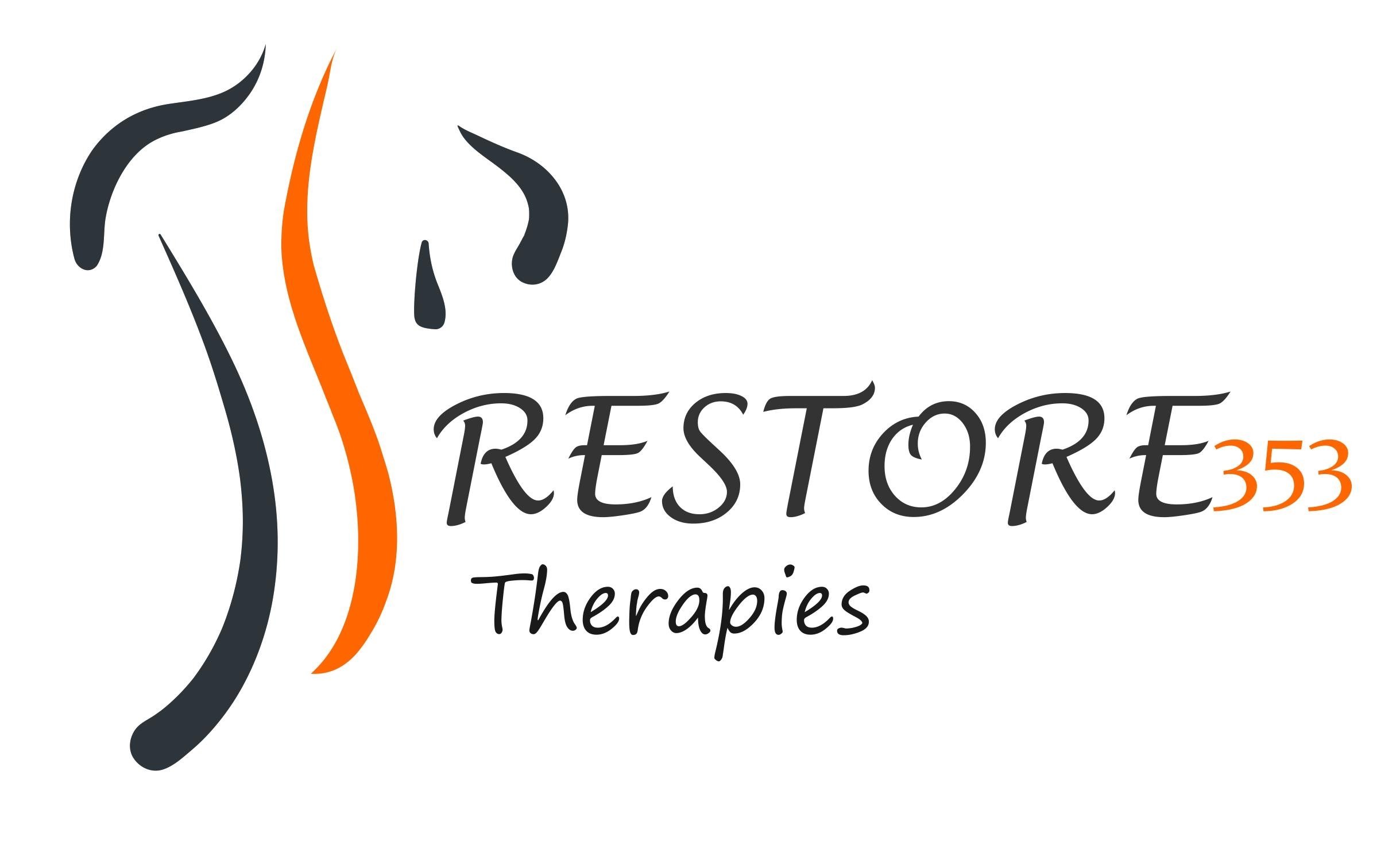Two Yoga Poses for Knee Pain
(Hint: Props are Your Best Friends)
You may think that you have to sit out your yoga classes if you are experiencing a knee injury or pain, but it isn't so; the key word is MODIFICATIONS. Some yoga purists don't believe in the use of props, but in the world of yoga therapy and/or yoga practitioners with injuries, they are essential in order to help the body into the alignment it needs in order to heal and to prevent future injury. I believe strongly, as someone who works with yogis of all experience levels and physical conditions, that props are an incredible tool that makes proper alignment accessible and gives the yogi using them a deeper sense of his or her body. If you have knee pain (or any other kind of pain) it means that you need to put your body's needs first.
That being said, the following three poses are meant to be practiced with blocks. If you don't have yoga blocks at home, they are very affordable at sporting goods stores or online. I bought a set of two online for $10. If you do have knee pain and have an interest in healing you or body through home practice (which I recommend), invest in a set of blocks.
PHOTO CREDIT: Yoga Outlet
1. Tadasana (Mountain Pose)
Mountain pose may appear to be "just standing," but it is so much more than that. Tadasana, mountain pose, is really the measuring stick of alignment for all other poses (asanas). It puts into practice the subtle alignment keys that can protect your knees (and all of your other joints!)
To practice:
Stand tall on your mat. Feel the soles of your feet anchoring you to the earth, and feel the crown of your head simultaneously lifting skywards. This doesn't mean to look up- it means to lift up! Engage your center by pulling your belly button towards your spine and lifting your lowest ribs away from your hips.
Relax your shoulders away from your ears. Take your block and insert it on the narrowest setting in between your thighs, just above your knees. Hug your inner legs around the block, like your trying to spin your legs slightly inward around the block. Then, soften the backs of your knees and lift your kneecaps up, a very subtle engagement which will ensure that your knees are not locking (which puts a great deal of pressure on the joint) and that the powerhouse muscles that surround your knees are working to protect them.
While doing this, think about lifting up through the arches of your feet as you distribute your weight evenly throughout your feet. These are all very subtle adjustments, but as you know, yoga is also a workout for your brain and awareness!
Stand here in Tadasana for 5-10 breaths, focusing on the engagement and relaxation that this pose asks you to join together, and listen for what your knees feel. It may not feel like a lot is happening, but you are strengthening your body's sense of proper alignment. Also, the even distribution between sides can be helpful for healing, especially since the body normally overcompensates on one side when it is injured.
PHOTO CREDIT: Yoga Outlet
2. Setu Bandhasana (Supported Bridge Pose)
Supported bridge pose is a modified version of bridge pose which can provide a gentle, supported way to stretch the area around the joint, including the hamstrings (a large muscle group in the back of your thighs which connect in the knee joint) and, again, reinforce proper alignment for your knees.
To practice:
Lie on your back on the mat. Bring your feet to the floor and bend your knees so that they point straight up. Bring one block to the narrowest setting in between your inner thighs again, and focus on wrapping your thighs inwards against the block.
Press down into your feet, draw belly button to spine, and lift your tailbone away from the mat so that your hips begin to lift, and let the rest of your spine follow, until your hips are in the air as high as they can go.
Check your knees. Are they stacked directly above your ankles? They should be. Adjust if necessary.
Press your shins forward, rather than gripping your booty. Then, slide the other block at the lowest setting underneath your sacrum (between booty and low back). Allow the whole weight of your pelvis to rest on the block while still wrapping thighs against the block. Stay here for a minute, or as long as needed.
Remember-- listen to your body.
Namaste!



